Structural Styles in Petroleum Exploration and Production
DISCIPLINE: Geoscience
COURSE LENGTH: 4 Days
CEUS: 3.2
AVAILABILITY: Public, In-House, & Live Online
WHO SHOULD ATTEND: Exploration and production geologists, geophysicists and engineers who need to develop knowledge in a broad range of global structural styles; understand the structural geometry of trap-forming structures and to apply structural techniques to make improved seismic interpretations, balanced cross sections and structural maps in complex areas.
COURSE DESCRIPTION: Structural geology is often the fundamental key to successful interpretation and prospecting. This course provides a strong fundamental background in structural geology of the various tectonic settings. It covers common structural styles in sedimentary basins worldwide and the geometry and evolution of trap-forming structures associated with compressional, extensional, salt, strike-slip and reactivated structures. Techniques for constructing balanced cross sections, maps and 3-D interpretations through these structures are discussed in detail. Examples of trap-forming structures from a number of basins worldwide are used to illustrate the concepts. Problem sets provide hands-on experience in interpreting and validating subsurface structures using surface, seismic and well log data.
LEARNING OUTCOMES:
- Understand structural styles of trap-forming structures in different tectonic provinces.
- Study the kinematic evolution of compressive, extensional, diapiric, strike-slip and reactive structures.
- Interpret subsurface structure using seismic, surface and well data.
- Construct structure maps of common trap-forming structural styles.
- Review structural geometry of major fields from different provinces and use them as analogs for structural interpretation of exploration prospects and newly discovered fields.
COURSE CONTENT:
- Introduction to comparative structural styles
- Methods of cross section and map construction
- Fold-thrust structures Foreland basement structures
- Rift structures
- Listric growth faults
- Salt structures
- Inversion and reactivated structures
- Strike-slip structures
- Validation of 2D and 3D interpretations and common pitfalls
